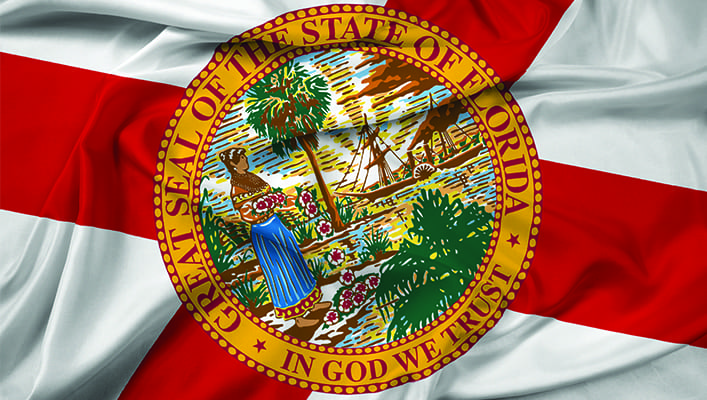Florida’s new funding plan could help relieve some charter school tensions
Late Wednesday night, Sen. Rob Bradley, R-Fleming Island and Carlos Trujillo, R-Miami, agreed to their plan for school construction spending. It includes $145.3 million for charter school capital outlay. The House proposed $120.3 million in its initial spending plan, and added an extra $25 million this morning.*
The state would distribute that money to eligible charters to pay for school buildings and other long-term expenses. Right now, about 544 of the state’s nearly 650 charters qualify.
Next year’s statewide total would be more than the $141.2 million charters received this school year. And all of the funding would come from the state. School districts would no longer have to share their local property tax revenue with charters — at least initially.
Under this year’s HB 7055, which has already passed, next year’s state funding level would become a new benchmark for charter school capital outlay. That benchmark would rise each year, to adjust for inflation and enrollment growth. If state funding ever fell below the benchmark, then districts would have to share property tax revenue with charter schools to make up the difference.
And charter school funding would be more equal. Charter schools in districts like Polk, Pasco and Lake Counties don’t receive much local funding under last year’s law. That’s because HB 7069 lets districts set aside funding they need to cover their debt obligations before HB 7069’s revenue-sharing provisions kick in.
In addition, the budget plan would give districts $50 million in state funding to help with their capital expenses.
Local media reports suggest this new funding arrangement may have come about, in part, due to behind-the-scenes advocacy by Miami-Dade County Public Schools, which didn’t join other districts challenging the new law in court.
Whether it can ease the political tensions or legal battles last year’s law provoked remains to be seen.
